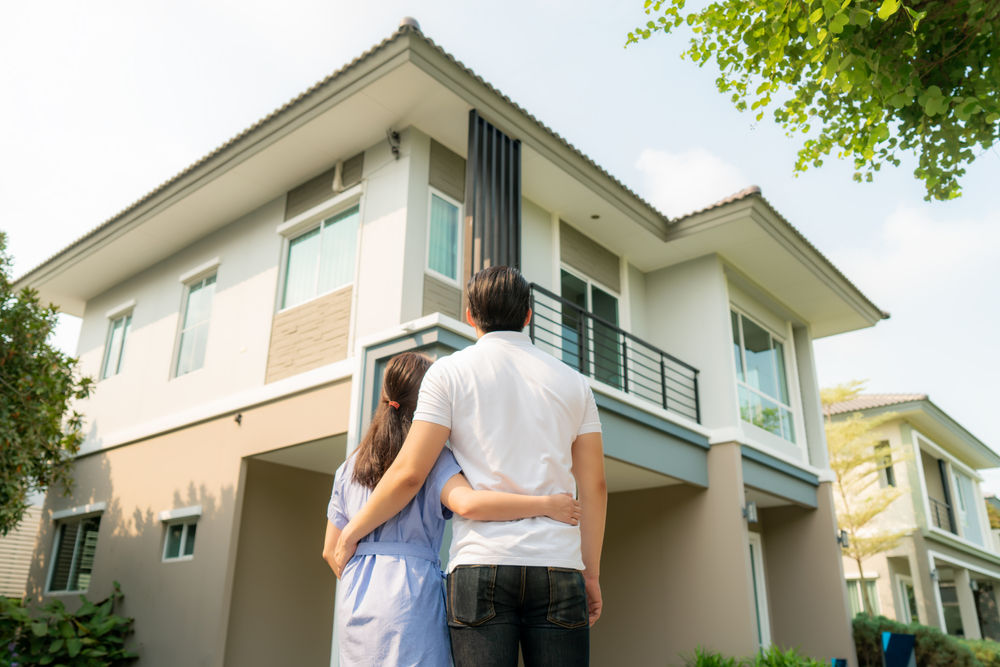The Midwest, located in the center of the country, is well-known for its vibrant neighborhoods, rich cultural heritage, and reasonably priced living. Nonetheless, the area has significant obstacles in its efforts to provide universally accessible housing. Creative ideas are developing to address the affordable housing challenge head-on as cities expand and populations change. We'll examine the numerous projects and programs being run around the Midwest in this blog, emphasizing notable figures, collaborative efforts bringing about change, and success stories. Join us as we look into how communities are fighting to guarantee that everyone has a place to call home, supporting stability and progress for decades to come.
Initiatives
The Midwest has seen a surge in affordable housing initiatives aimed at providing quality homes for residents. These initiatives are designed to meet the diverse needs of the community, offering a range of options from rental assistance programs to homeownership opportunities. Some key initiatives include:
- Low-Income Housing Tax Credit (LIHTC): This program incentivizes developers to build affordable housing by providing tax credits.
- HOME Investment Partnerships Program: Offers grants to states and localities to create affordable housing for low-income households.
- Community Development Block Grant (CDBG): Provides communities with resources to address a wide range of unique community development needs, including affordable housing.
- Section 8 Housing Choice Vouchers: Assists very low-income families, the elderly, and the disabled to afford decent, safe, and sanitary housing in the private market.
Benefits
Affordable housing initiatives provide numerous benefits for residents and communities alike. These include:
- Increased housing stability and reduced homelessness.
- Enhanced economic security by freeing up income for other necessities such as healthcare and education.
- Improved community health outcomes due to better living conditions.
- Strengthened local economies as residents have more disposable income to spend on goods and services.
Housing Market
The housing market in the Midwest is characterized by relatively lower home prices compared to other regions in the United States. This makes the Midwest an attractive option for first-time homebuyers and those looking to relocate for more affordable living options. The rise in remote work opportunities has also contributed to this trend, as more people seek to take advantage of the lower cost of living without sacrificing their careers.
Trends
Several trends are shaping the affordable housing landscape in the Midwest:
- Remote Work: The shift towards remote work has driven demand for affordable housing in suburban and rural areas.
- Urban Revitalization: Efforts to revitalize urban areas have led to the development of mixed-income housing projects that include affordable units.
- Sustainable Building Practices: There is an increasing focus on sustainability, with developers incorporating green building practices into affordable housing projects.
Opportunities
The growing focus on affordable housing presents numerous opportunities for investors, developers, and residents:
- Investment Potential: With various government incentives and a high demand for affordable housing, there are significant opportunities for real estate investors.
- Community Development: Affordable housing projects can contribute to the overall development and revitalization of communities.
- Enhanced Quality of Life: Residents can benefit from improved living conditions and greater financial stability.
Challenges
Despite the benefits and opportunities, there are challenges associated with affordable housing initiatives:
- Funding: Securing adequate funding for affordable housing projects can be challenging.
- Zoning Regulations: Navigating zoning laws and regulations can be complex and time-consuming.
- Community Opposition: Some communities may resist affordable housing projects due to misconceptions or concerns about property values.
By understanding these initiatives, benefits, market trends, opportunities, and challenges, residents and stakeholders can better navigate the affordable housing landscape in the Midwest.




